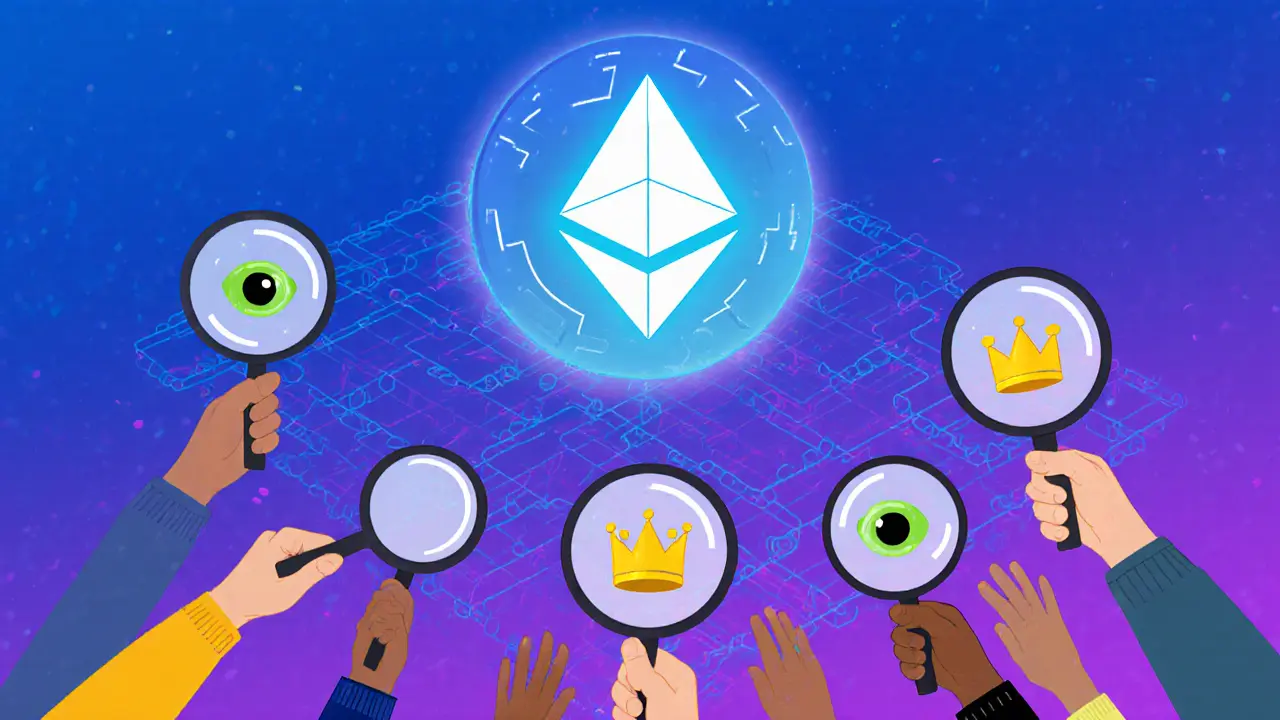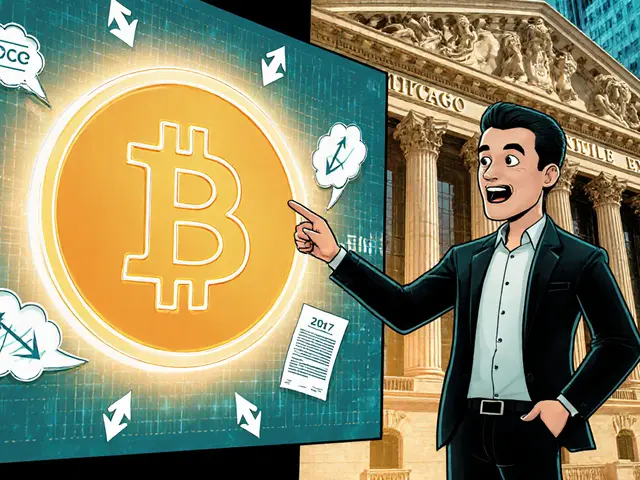NFT Pricing: How Digital Assets Are Valued in 2025
When you see an NFT selling for thousands—or millions—it’s easy to think it’s all about the image. But NFT pricing, the process of determining the market value of a unique digital asset on the blockchain. Also known as digital asset valuation, it’s less about aesthetics and more about scarcity, utility, and buyer behavior. A cartoon monkey might cost $200,000 not because it’s beautiful, but because it’s one of 10,000, owned by a known influencer, and comes with access to a private club. That’s the real math behind the price tag.
What makes one NFT worth more than another? It’s not magic. It’s NFT rarity, how uncommon a specific trait or attribute is within a collection. If only 3 out of 10,000 NFTs have a golden crown, that crown becomes a pricing multiplier. Then there’s NFT market trends, the shifting demand patterns driven by hype, community, and real-world utility. In 2025, NFTs tied to physical goods—like limited-edition sneakers or concert tickets—started pulling more value than pure digital art. Why? Because they solved a real problem: proving ownership of something you can hold. Meanwhile, NFTs with no utility, no community, and no history are fading fast. Buyers aren’t just chasing pixels anymore. They’re betting on access, identity, and future potential.
And don’t ignore the role of NFT value, the perceived worth of an NFT based on its history, ownership, and provenance. A Bored Ape bought by a celebrity and resold three times carries more weight than one bought directly from the mint. Transaction history matters. Wallet reputation matters. Even the blockchain it lives on matters—Solana NFTs move faster and cheaper than Ethereum ones, which affects how often they trade and how prices react. This isn’t a stock market. It’s a collector’s market with digital rules.
Below, you’ll find real breakdowns of what worked, what failed, and why some NFTs kept rising while others vanished. No fluff. No hype. Just what’s actually driving prices right now.






